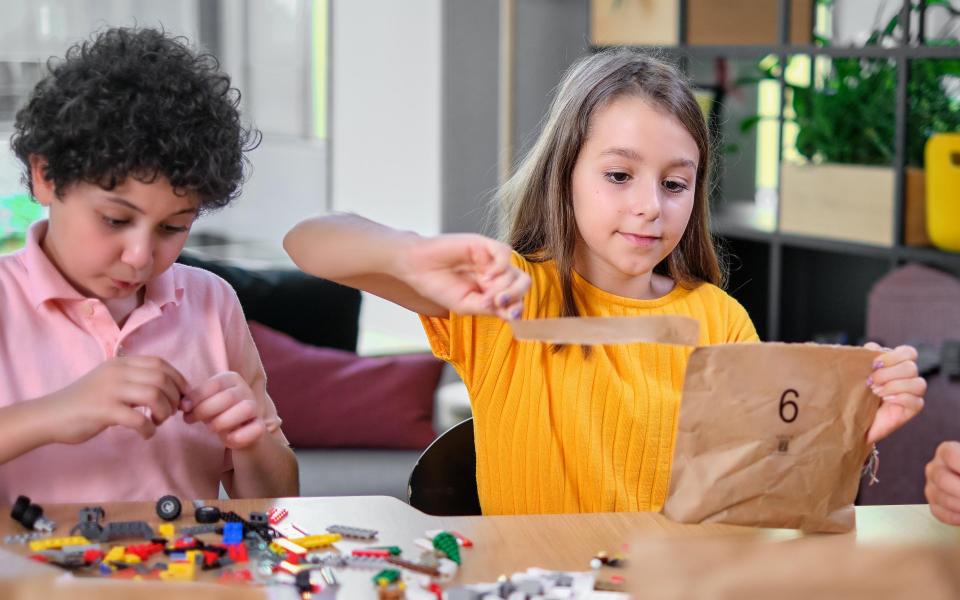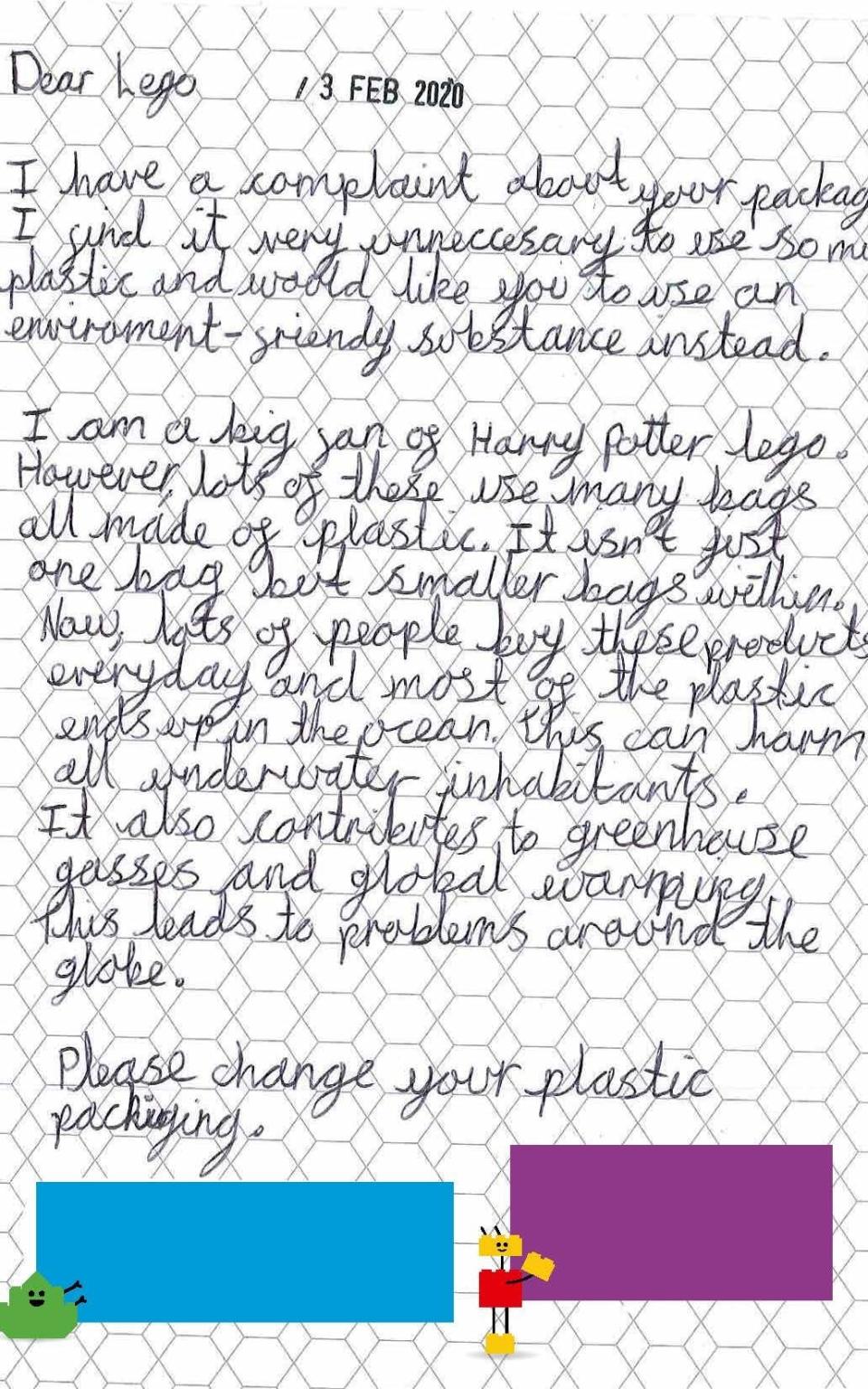Lego spends $400m going green after pressure from children

Lego says children's letters asking it to become more environmentally friendly helped drive a $400m (£310m) investment to boost the toy company's green credentials.
The first part of the three-year spending plan will see plastic bags containing bricks inside Lego sets being phased out and replaced with ones made from recycled paper.
The Danish company said the bags will start appearing in Lego sets next year and it aims to make all of its packaging sustainable by 2025.
Tim Brooks, head of sustainability at Lego, said 75pc of the company's packaging is currently recycled and the actual size of packaging has been reduced by 14pc over the past six years.
He added: "We got letters from children concerned about plastic and that encouraged us to take action as part of a wider programme to make all our products from sustainable materials by 2030.
"These letters were really powerful with lots of diagrams and drove us forward to make more of a difference – they were pinned up around the office as we were working out how we could do it."

The investment will help fund new packaging equipment and materials at the company's five plants over the coming years, though Lego would not be drawn on whether going green would mean sets becoming more expensive.
Mr Brooks said that Lego is also working on changing the materials used to make bricks. Currently most are made from oil-based ABS plastic, with just 2pc of them using bio-plastics derived from plants such as sugar cane.
However, he warned that this is proving a challenge with only a small number of parts being suitable for the new material because of the tight tolerances required to engineer a Lego brick.
Mr Brooks said: "Bricks have an incredible amount of precision – to the thickness of a human hair. The 'clutch' power is probably the hardest thing to do – it has to hold together but also you have to be able to take them apart.
"Either the bricks don't connect together, or they connect together and we can't get them apart even using pliers."
A fortnight ago Lego reported sales in the first half of 2020 rose 7pc to 15.7bn Danish Kroner (£1.9bn) and profit was 7pc higher at 3.9bn DKr.
Despite the massive investment in improving its environmental performance, Mr Brooks was unable to give any guidance on when Lego will tackle the perennial problem for parents whose children are fans of the toy – the agony of standing on a brick.
He said the company was not looking into solving this issue, adding: "I'm told it hurts more with socks on."

 Yahoo Finance
Yahoo Finance 